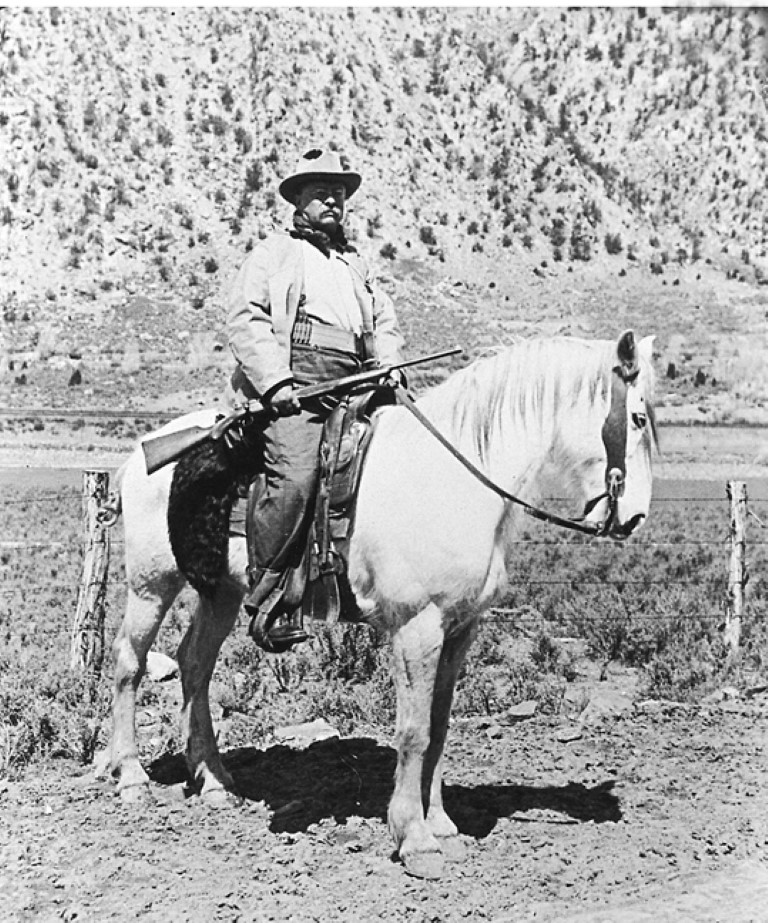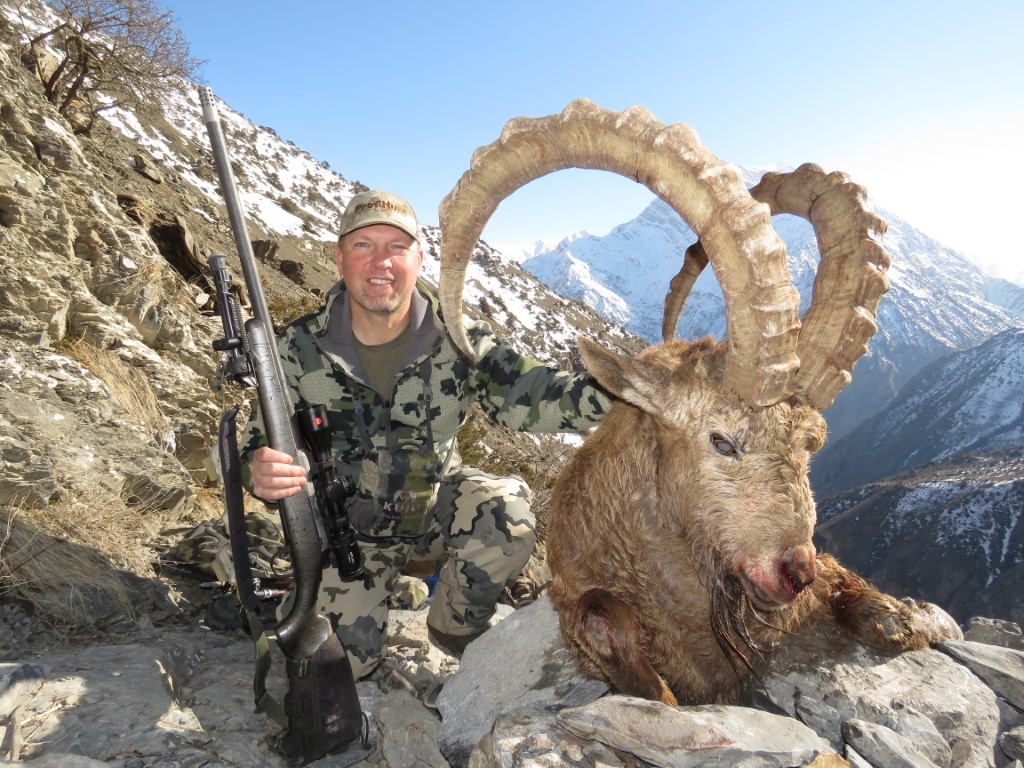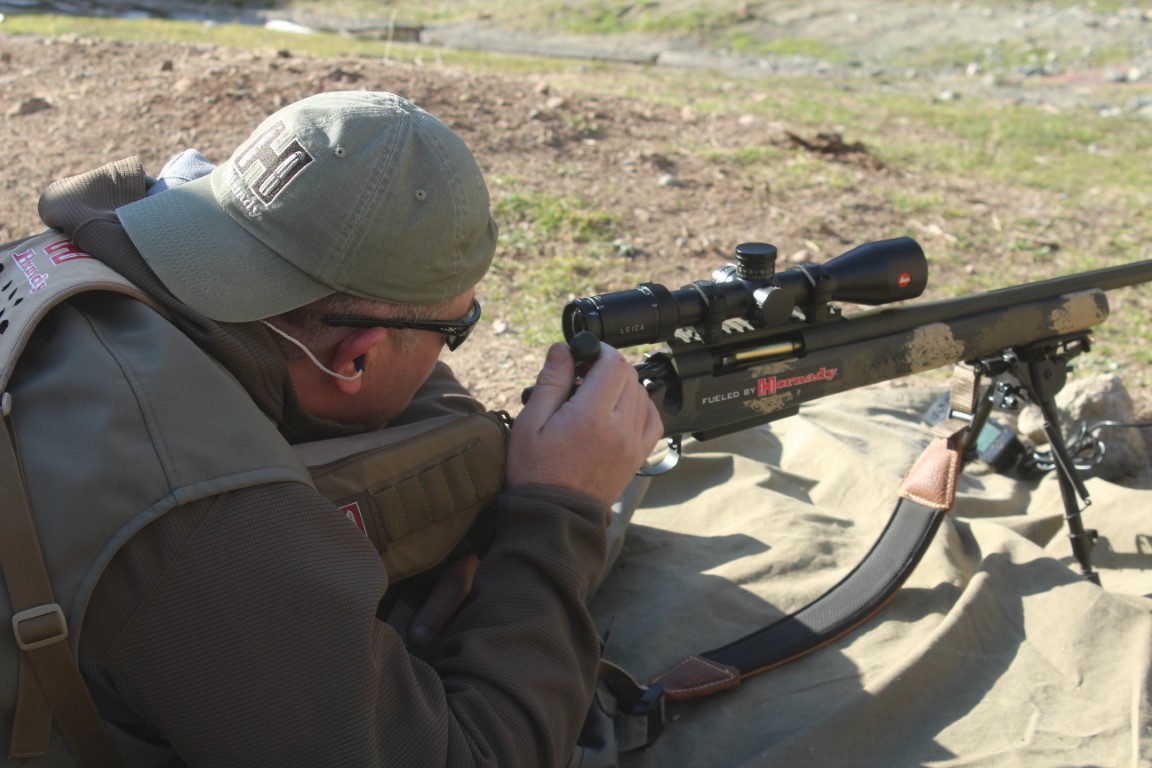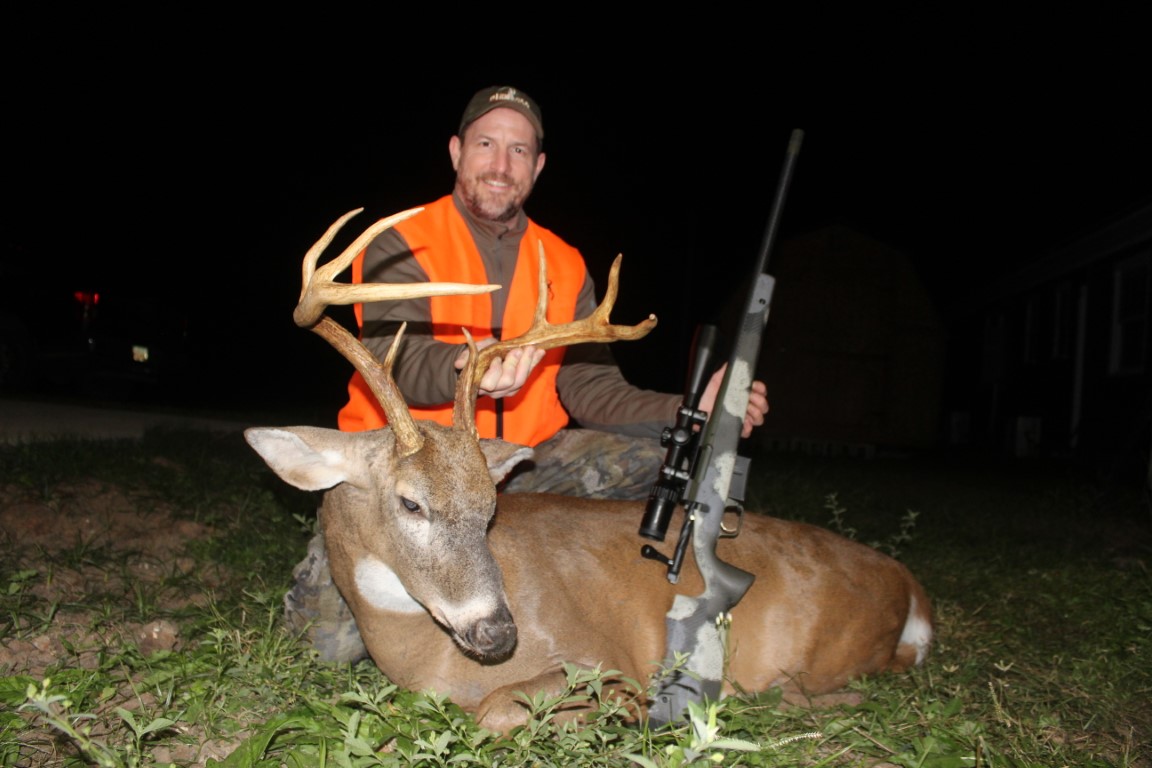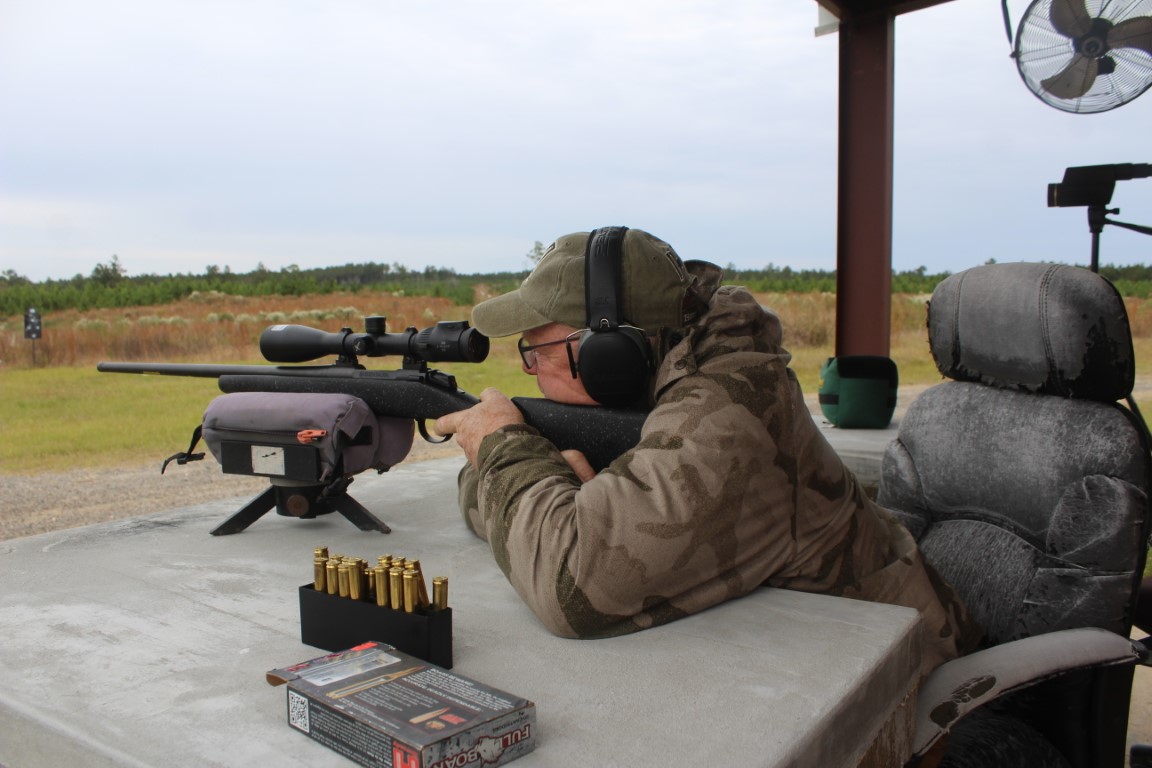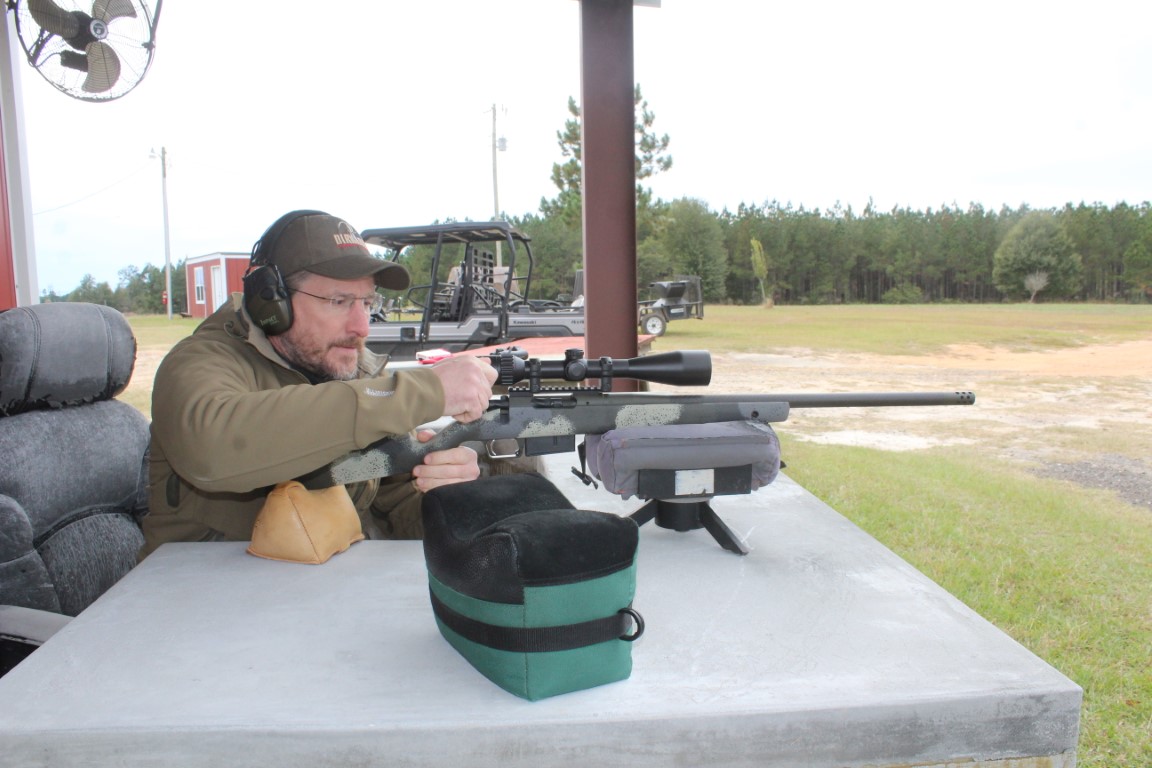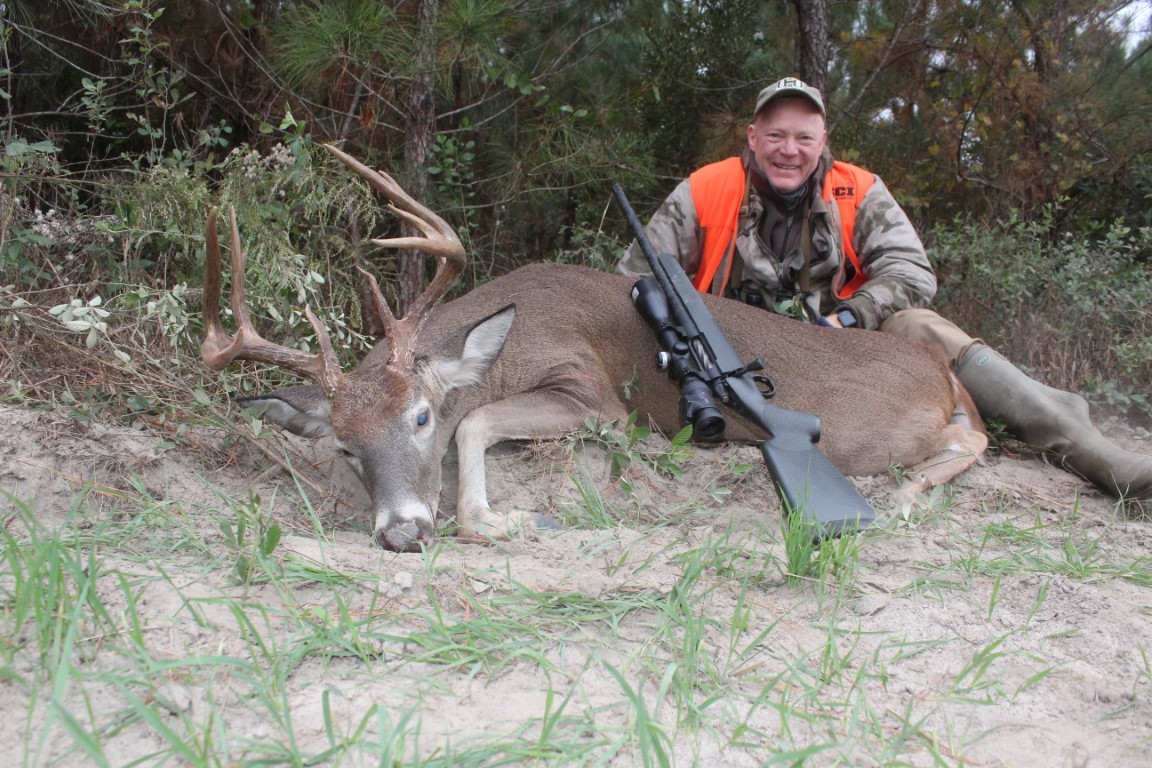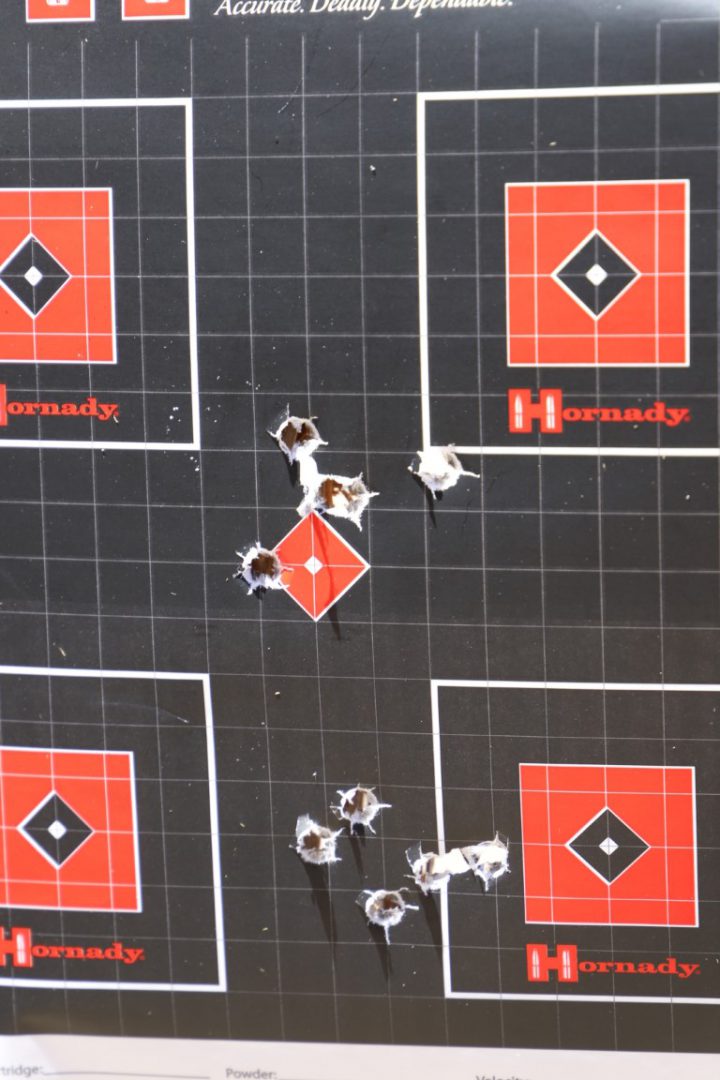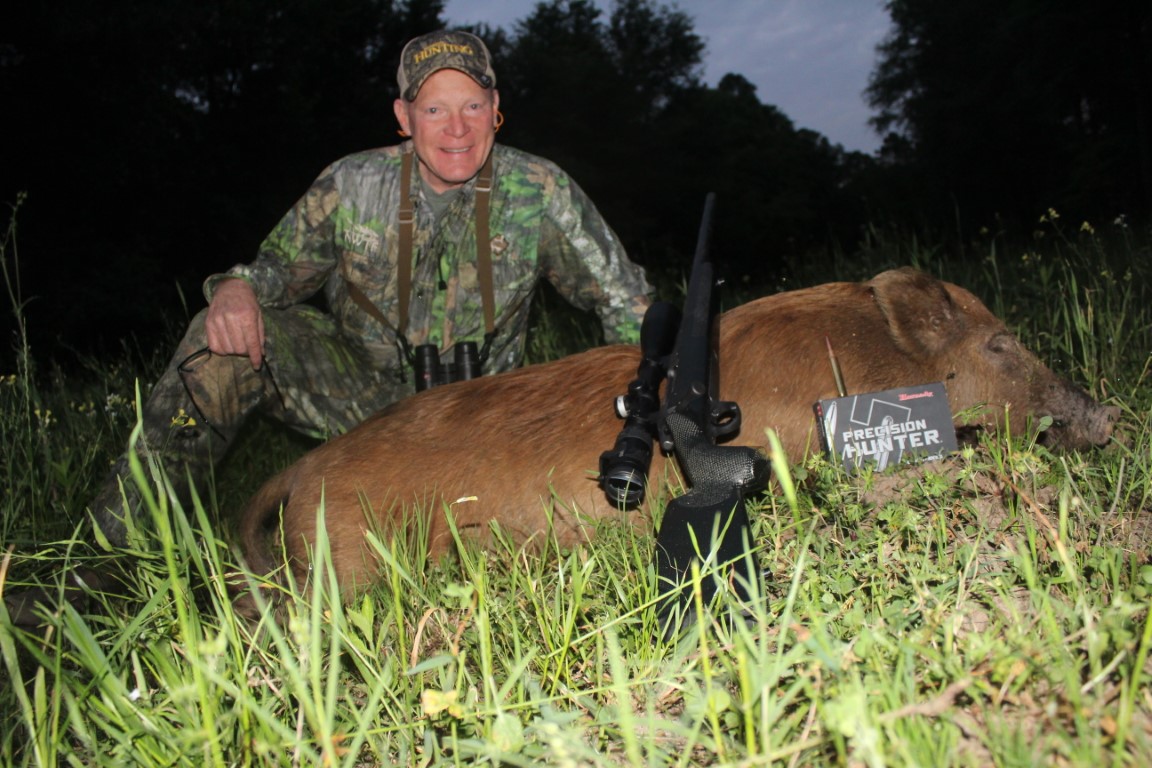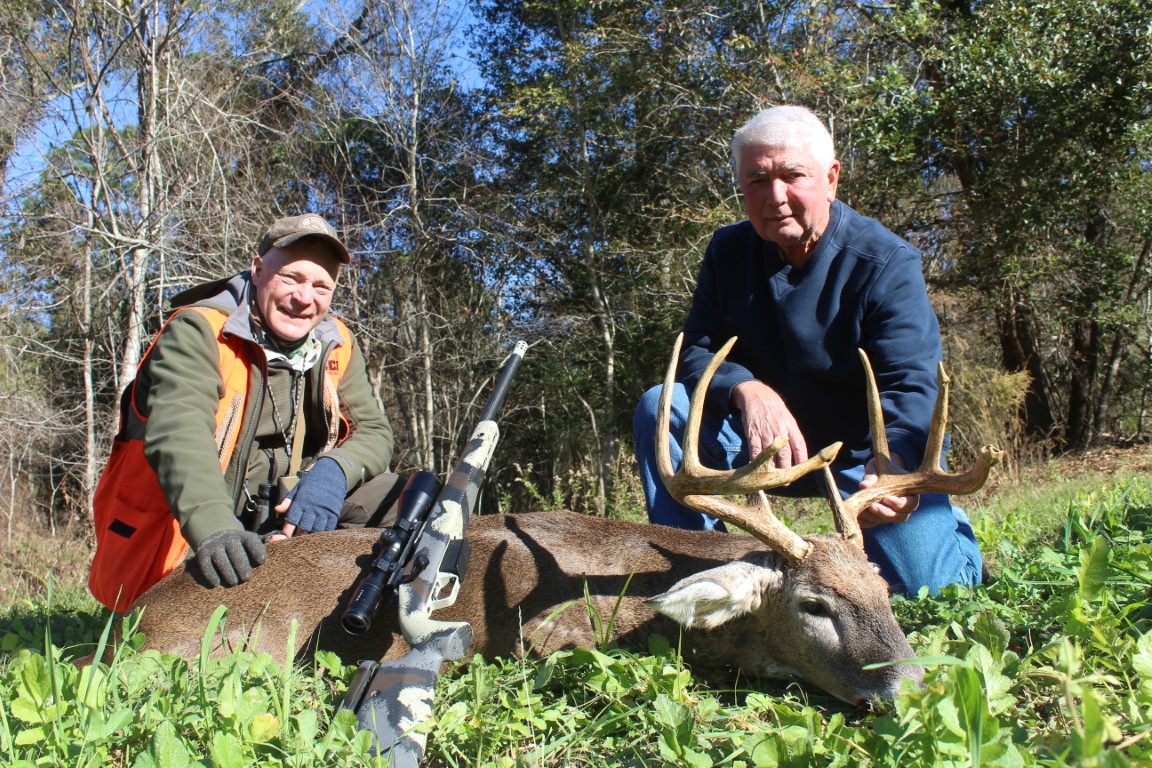By
Craig Boddington
A writer friend was in black bear camp this past spring, shooting a .30-06. At the sight-in range, younger hunters gathered to admire his rifle. They’d heard of the .30-06…insisted they’d never seen one.
By about 1930 the .30-06 reigned as America’s most popular hunting cartridge, holding this position for at least 40 years. Times change, but I’m shocked there are grownup hunters who have never seen or given passing consideration to the .30-06.
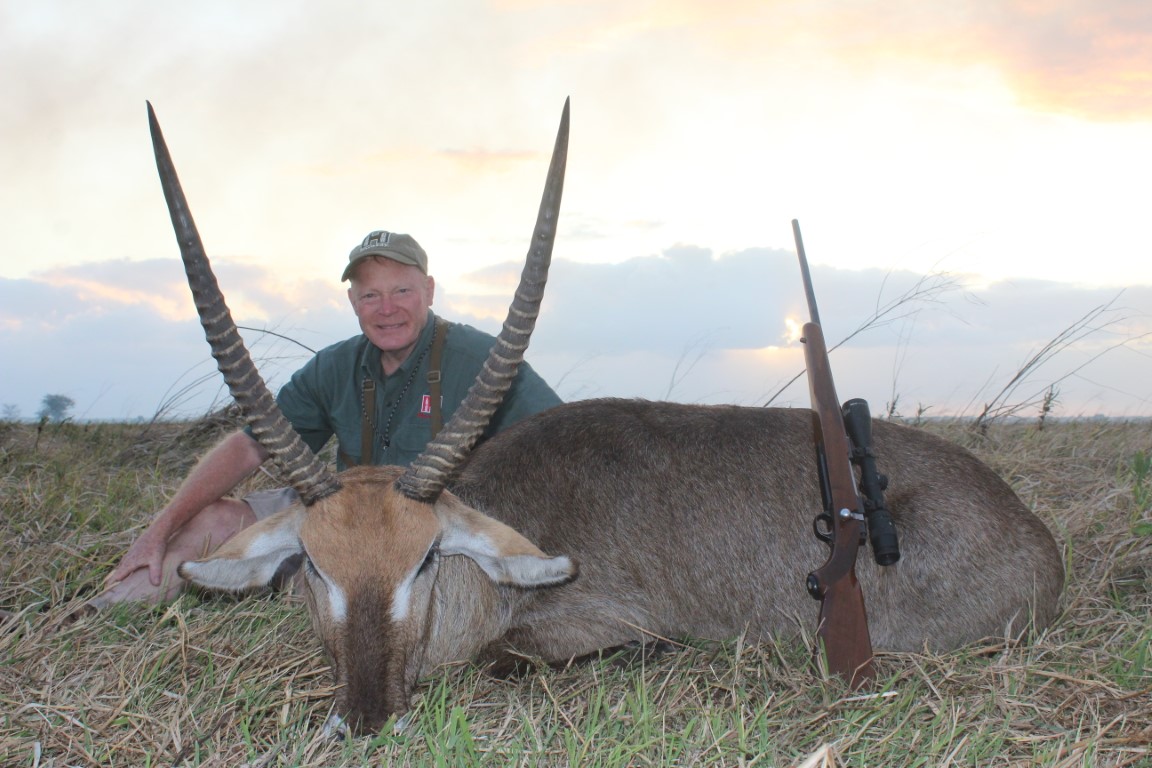
In 1903 the United States military adopted the Springfield bolt-action rifle, mated with a rimless bottleneck cartridge firing a .30-caliber (.308-inch bullet). Rifle and cartridge were so close to Peter Paul Mauser’s designs that Uncle Sam paid Mauser a royalty until WWI. The original 1903 cartridge used a 220-grain round-nose bullet. In 1906 the case was modified slightly, the bullet changed to a lighter spitzer with greatly improved aerodynamics. The new cartridge was called “Caliber .30 US Government Model of 1906.” We soon shortened that to .30-06.
The first sporting use of the .30-06 doesn’t seem recorded. Well-known is that Theodore Roosevelt swore by his Springfield throughout his epic nine-month 1909 safari. At that time the lever-action was America’s most popular sporting rifle. There were no domestic civilian bolt-actions at all until 1920.
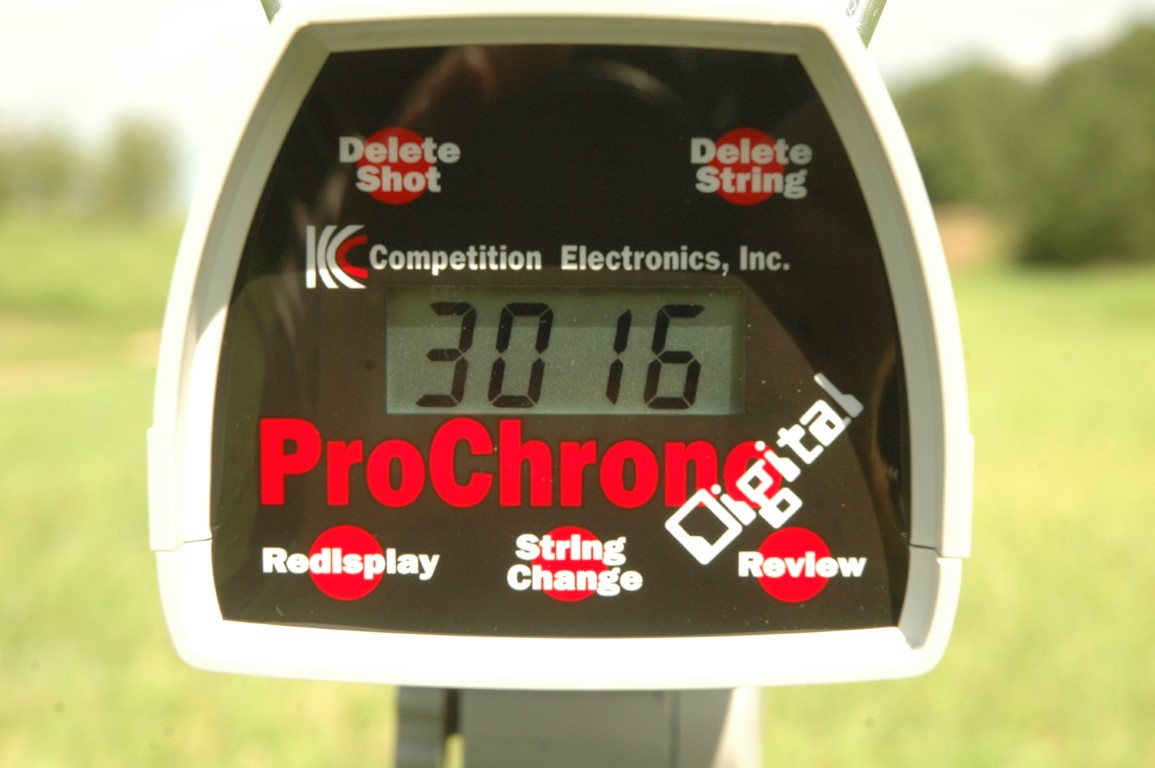
The Savage M20 was America’s first bolt-action sporter, Sort of a mini-Springfield, it was sized for the short .250 and .300 Savage cartridges and could not house the .30-06. The first American sporter that could was Remington’s M30 in 1921, based on the big 1917 US Enfield action. Winchester followed in 1925 with the M54, forerunner to the M70 (1936).
Shortage of commercial rifles didn’t deter the .30-06. Surplus US Enfields and Springfields were cheap and available. The supply from both world wars lasted through the Sixties. My own first centerfire, purchased in 1964, was a surplus ‘03 Springfield. I think it cost $39.95. I didn’t hunt with it until years later, but I shot it a lot, and lovingly “sporterized” it.
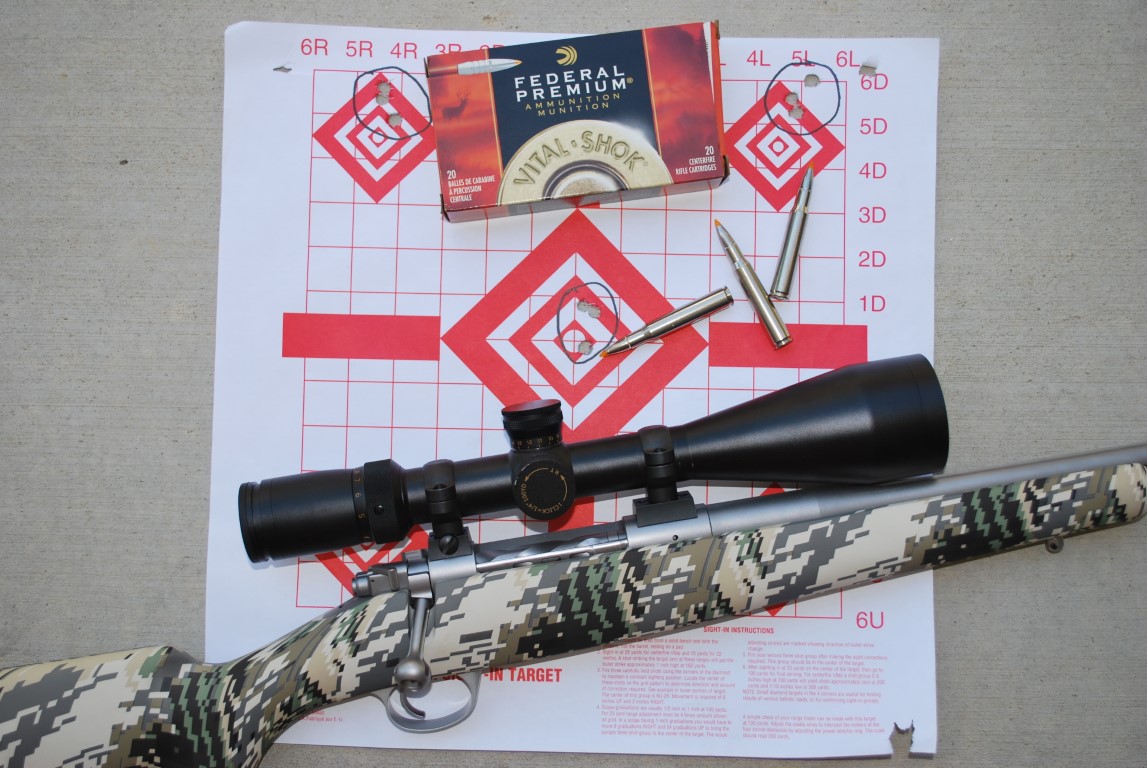
Starting in 1925, the flatter-shooting, softer-kicking .270 gave the .30-06 competition but never overtook it. Even Jack O’Connor, high priest of the .270, conceded that the .30-06 was more versatile. The first magnum craze of the Fifties and Sixties eroded the .30-06. I bought into that stuff; I had a .264 and a .300 Winchester Magnum before I hunted with a .30-06.
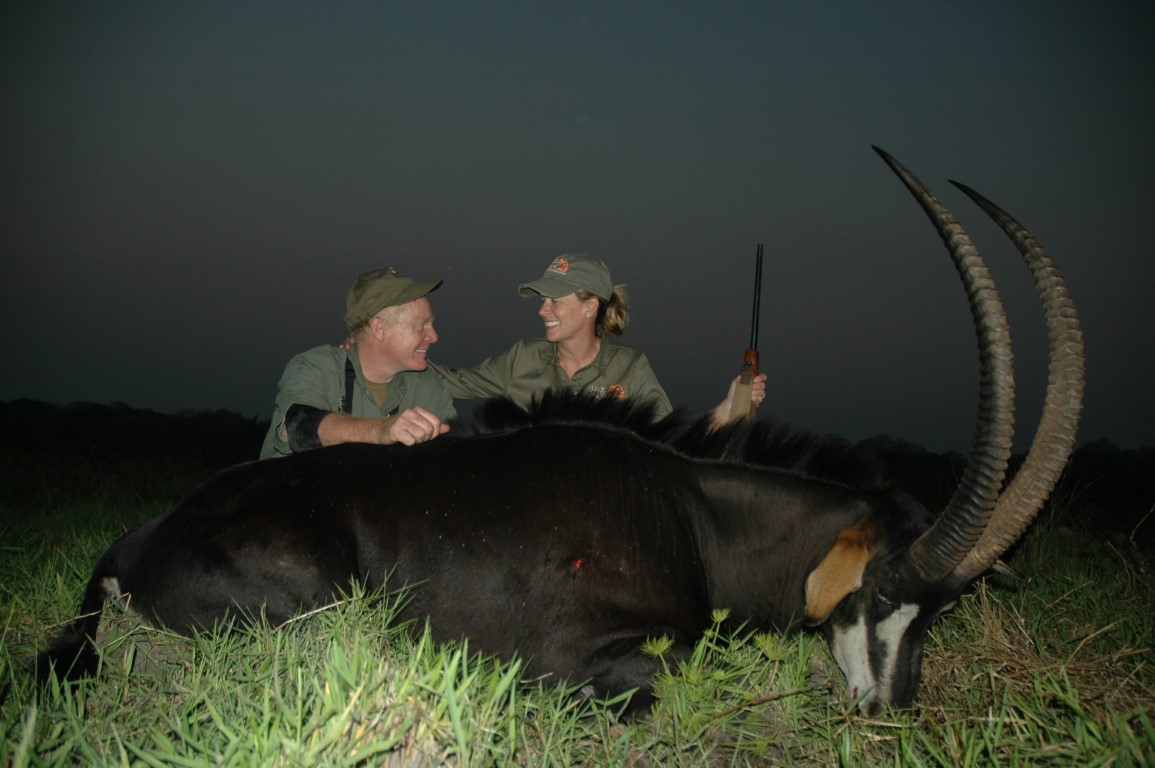
I read my Roosevelt, and my Hemingway, and my Ruark, so when planning my first African hunt I knew I had to have a .30-06. I trotted down to the PX and bought a Ruger M77 and worked up handloads with 180-grain Nosler Partitions. Even though I’d been a confirmed magnum maniac (“magniac”), I was amazed at how well the .30-06 performed. All ranges, all sizes of plains game. Became, and have remained, a .30-06 fan.
The flood of unbelted magnums at the turn of the millennium gave us new choices. Recent cartridges designed for maximum efficiency (PRCs, Noslers, Westerns) give us more options. Today we have plenty cartridges to choose from. It’s easy to overlook the .30-06.
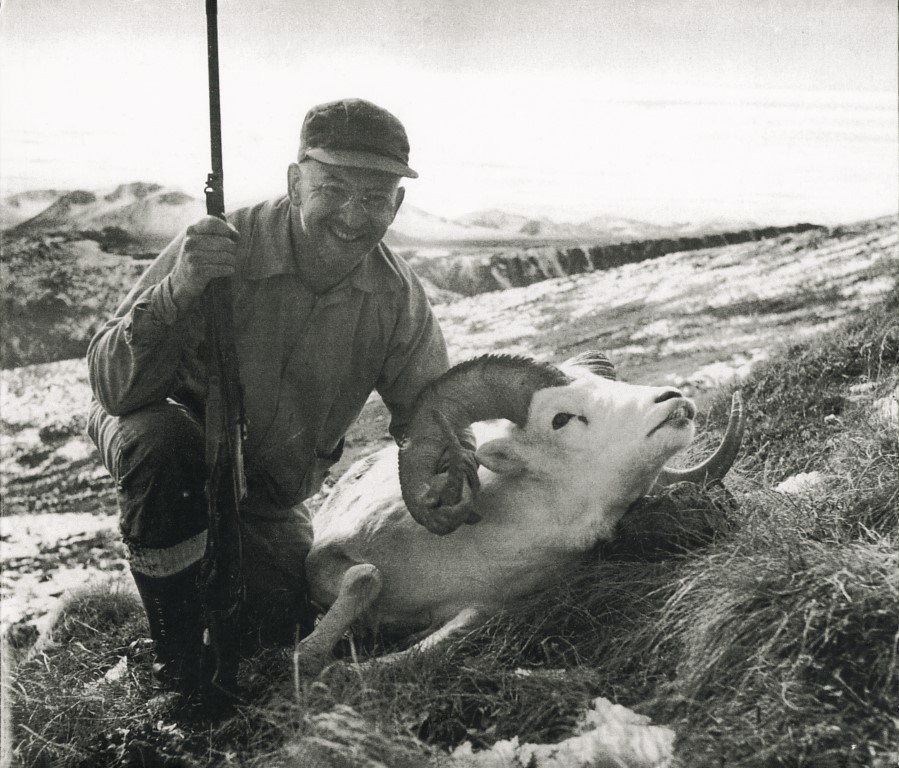
Old, but not tired. The .30-06 is a powerhouse. Standard issue for our forces for 50 years, the .30-06 is the most powerful cartridge adopted by a major military. Not as fast as our many magnums, it is not slow. Standard velocity for a 180-grain bullet is 2700 fps. In perspective: The same speed as the 6.5mm Creedmoor…with a 140-grain bullet. With 180-grain bullet, the .30-06 offers 28 percent more bullet weight…with .044-inch more frontal area. There is no comparison in hitting power.
Wife Donna did her early hunting with a Ruger M77 .30-06. Not the same one. I was doing a lot of hunting with a left-hand action M77 .30-06. Also a lefty, she’s shorter, so I took a sliver off the butt and reset the recoil pad so we could both shoot it comfortably.

Now, let’s be clear. The .30-06 is not a low-recoil option. Generations of recruits complained about the brutal recoil. They were not wrong. Donna is one of those people who is uniquely impervious to recoil. In general, I don’t recommend the .30-06 for youngsters, for women of smaller stature, or for anyone with aversion to recoil.
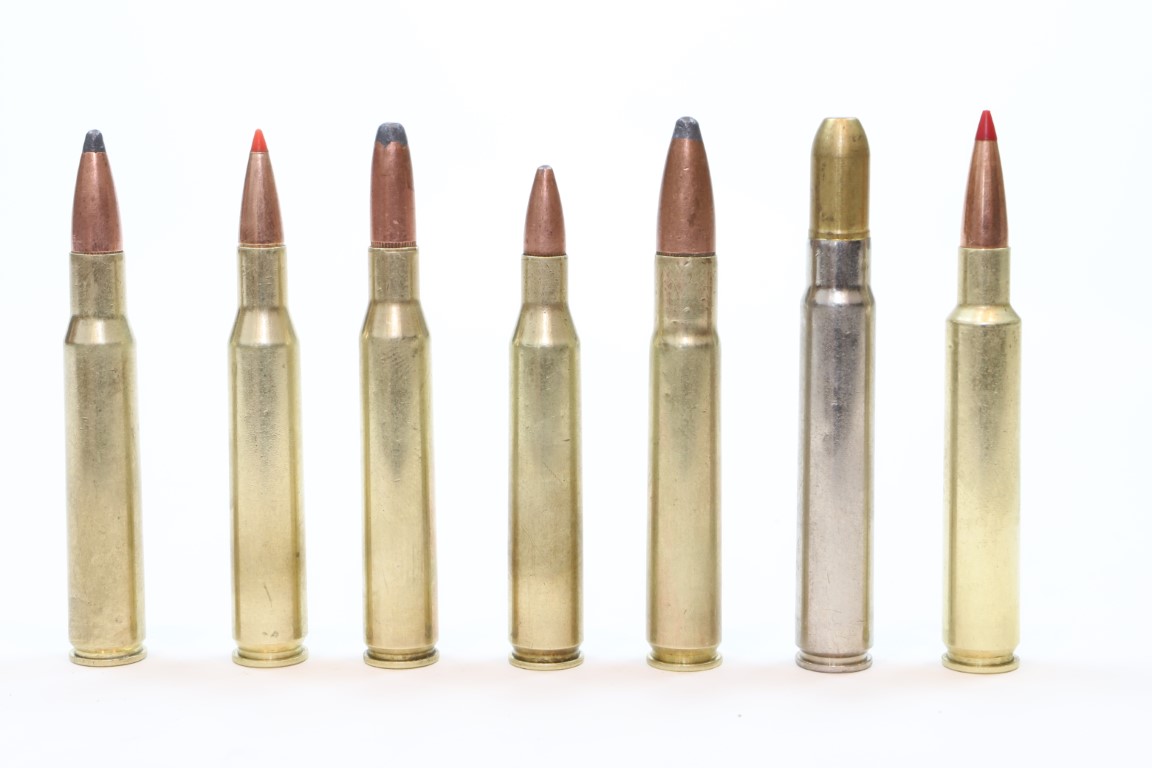
The .30-06 is a big gun, needlessly powerful for any deer hunting. It is a far better elk cartridge than deer cartridge! I still have magniac tendencies. I see the medium magnums, typified by the .338 Winchester Magnum, as the most ideal elk cartridges. Yes, but the .30-06 is plenty of gun for any elk, especially with today’s great bullets. I’ve taken as many bull elk with the .30-06 as with magnums. None have gone farther, most down in their tracks. Because of heavier bullets with more frontal area, I think the .30-06 is more effective on elk than any of the 7mms.

The .30-06’s strongest suit is versatility. Awesome for larger game, such as elk and moose. I still can’t think of anything better for the full run of non-dangerous African game. The .30-06 kicks but lacks the bone-jarring recoil velocity of the fast magnums…and it works.
Versatility isn’t just about size of animals. Today’s newest cartridges use faster rifling twists with extra-heavy bullets with super aerodynamics. The .30-06’s traditional 1:10 twist stabilizes bullets from 150 to 220 grains. How much versatility do you need? For deer, a 150-grain bullet zips along at 3000 fps. For elk, and for Africa’s variety, I’ve always been a 180-grain bullet guy. I’m not keen on using the .30-06 for big bears, but more grizzlies and brown bears have fallen to the .30-06 than all the rest put together. Old-timers relied on the long, heavy 220-grain slug, which can be loaded to 2550 fps, credible velocity for such weight, offering wonderful penetration. I also don’t recommend the .30-06 for extra-large beasts. However, in the days before minimum legal calibers, the .30-06 with 220-grain solids had a great reputation for reliable penetration all the way up to elephant.
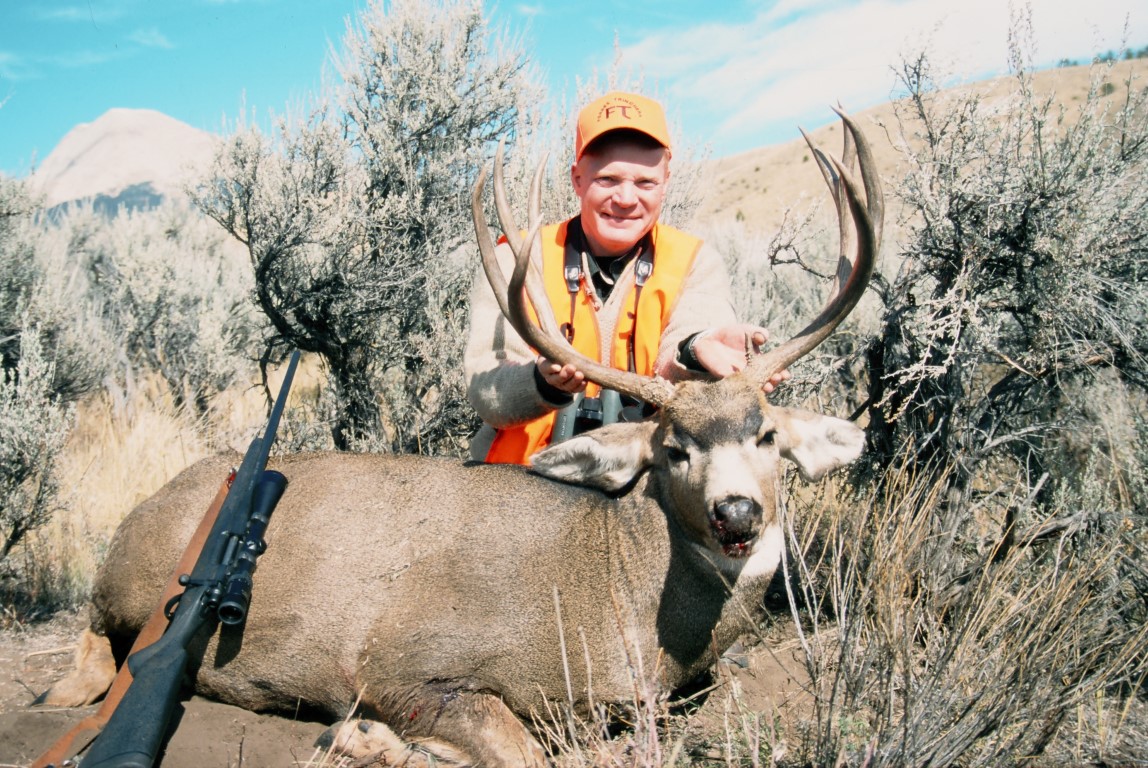
Maybe it’s also not the best choice for mountain game. As with deer, .30-caliber bullet weight and power aren’t essential for sheep and goats. I’ve taken both with the .30-06, but I’ve usually chosen cartridges that shoot flatter. Not because I needed them, but because they seemed a better “fit.” Once you get to the point where you must either hold over or start dialing your turret for range, trajectory is just a number. Know the number and you can solve the problem.
I’ve done a lot of 1000-yard shooting on steel with various .30-06 rifles and loads…as have long-range competitors for 120 years. Once you start adjusting, a few more clicks is a matter of knowing how many. I’m not an extreme range shooter on game. If I were, then there are better tools. However, because that’s what I was carrying—and because I knew the trajectory—I’ve made some of my longer shots in the field with the .30-06.
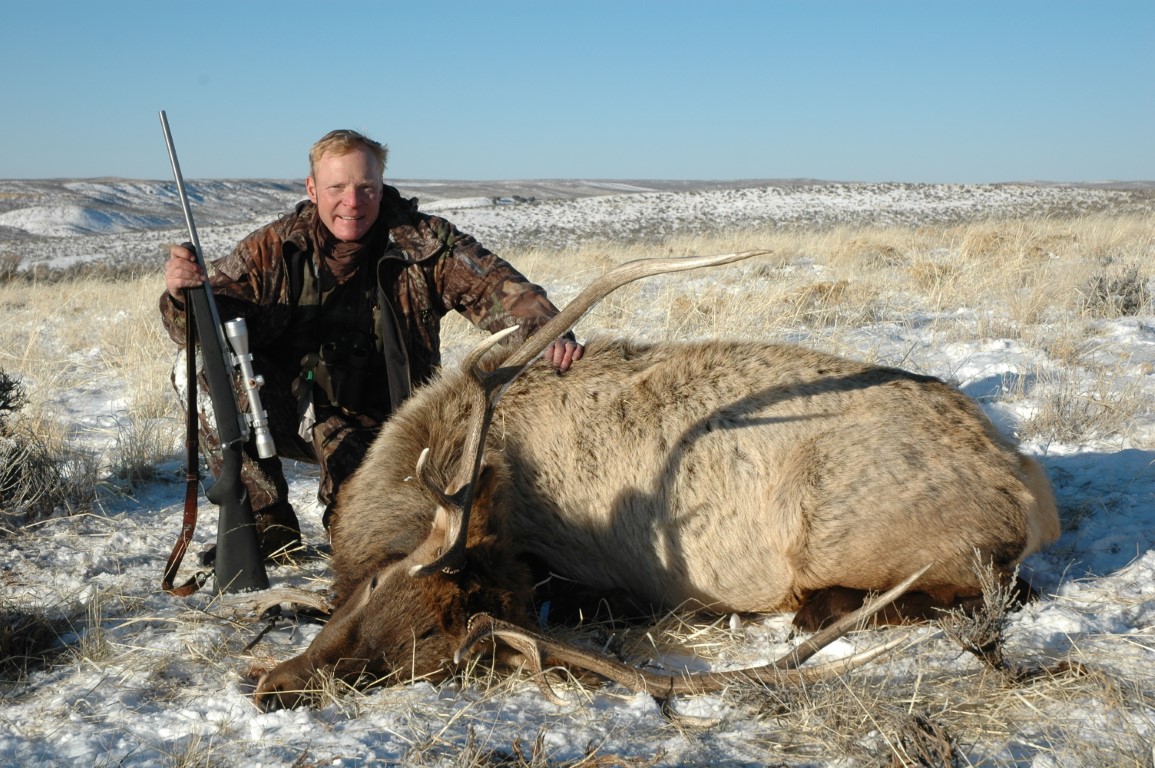
Many of our newer cartridges offer great versatility on game, at varying levels of recoil, and are often touted for accuracy. Cartridge design matters, but rifle, barrel, and ammo are more important. It’s an article of faith that the .308, with its shorter, more efficient case, is more accurate. Maybe, but the margin is slim. I’ve rarely seen accuracy problems in a .30-06 rifle. With higher velocity, the .30-06 is more powerful, thus more versatile.
So many choices, so many conflicting and confusing cartridges. Here’s one good reason why the .30-06 may be worth your consideration. Availability. Everybody loads .30-06. It is no longer our most popular centerfire…but it’s still in the top handful. There are hundreds of factory loads, from all manufacturers, throughout the world…offered with just about any bullet you can think of. No, these days, we can’t get them all. But the .30-06 is not a one-company wonder, as new cartridges must be until they catch on. For handloaders, we have a century of loading data to fall back on. Can’t get this powder or that bullet? Plenty of choices.
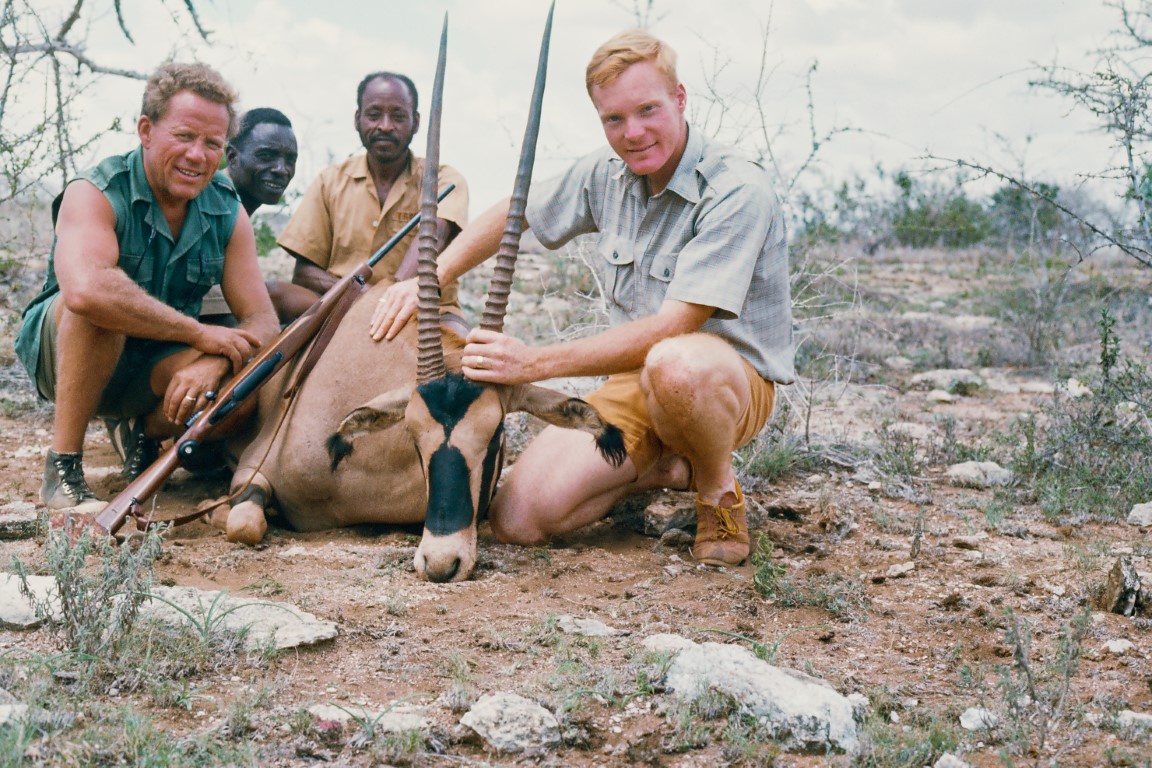
Just yesterday, I went to the range with a new Chapuis ROLS, a fine, state-of-the-art straight-pull rifle. Made in France…chambered to .30-06. Finding the best load for this rifle is still a work in progress, but the loads I grabbed randomly from my garage grouped within one MOA. That’s performance I expect—and usually get—from a good .30-06.
.
Not all great new rifles are chambered in .30-06. I suppose that’s a sign of the times. Explains why some younger folks consider it a curiosity. For sure, it’s not as sexy as the hot new numbers. It’s still an accurate, powerful, and versatile choice. And the .30-06 is still out there, hundreds of loads, jillions of rifles…of all vintages.

